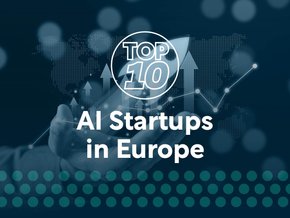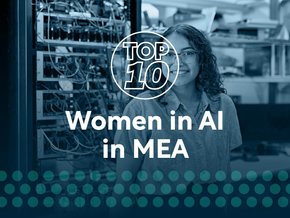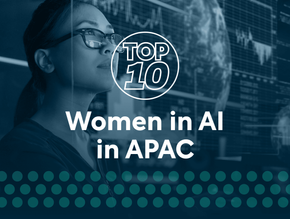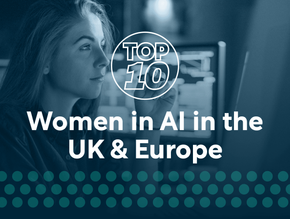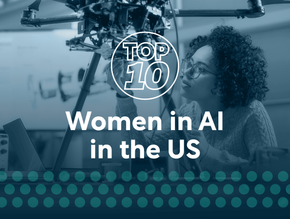
Tech companies around the world are dedicating resources to breakthroughs in artificial intelligence (AI), and stats have suggested that the global AI market is predicted to snowball in the next few years, reaching a $190.61 billion market value in 2025. Analytics Insight has compiled a list of the top 10 AI technologies that are taking innovation to next level in 2021 and we are taking a close look at them.
10: Self-driving cars
Engineers have been attempting prototypes of self-driving cars for decades, and the reality is now a lot closer to home. The digital and intelligent transformation of transportation will drive the industry to speed up its digitisation and automation. A self-driving car is a vehicle that uses a combination of sensors, cameras, radar and AI to travel between destinations without a human operator. To qualify as fully autonomous, a vehicle must be able to navigate without human intervention to a predetermined destination over roads that have not been adapted for its use.
09: Peer-to-peer network
In a peer-to-peer network (P2P), the ‘peers’ are computer systems which are connected to each other via the Internet. Files can be shared directly between systems on the network without the need for a central server. P2P network is not dependent on a centralised system, which means that the connected computers can function independently with each other. Even if one part of the network fails, it will not disrupt other parts. Businesses can benefit from P2P networks due to their connectivity and sharing of resources.
08: Content creation
Content is one of the most important parts of any site, and when it comes to creating the content, whether that be videos, ads, blogs or news stories, humans are normally the idea creator. But now, with the help of AI-generated content, companies and individuals can fulfill their content-related requirements in less time. AI content generators work in two ways, they collect some information as an input or generate content based on that or they take existing content and rewrite it in seconds.
07: Cyber defence
Researchers are using AI to develop solutions that can detect and fix sophisticated cyber threats and control the data breaches that are increasingly happening. AI-based systems are proactive in detecting vulnerabilities. They can analyse patterns and discover the loose ends that can be the potential vulnerability. Biometric authentication methods such as face recognition and login authentication have become extremely popular, and the use of AI in biometrics has ensured that cybercriminals cannot hack.
06: Decision management
Companies base their decisions on data available from management information systems as they reflect information that comes from the operations of their company. Combining AI and decision management systems can take decision-making to different levels. Recent advancements in cognitive technologies, AI, and data analytics are helping companies go past traditional methods of overseeing dangers by utilising smart machines to recognise, foresee, and prevent dangers in high-risk circumstances.
05: Text analytics & NLP
Text analytics is an AI technology that uses natural language processing (NLP) to transform unstructured text in documents and databases into normalised, structured data suitable for analysis or to drive machine learning (ML) algorithms. Currently, text analytics and NLP are mainly used in fraud detection and security.
04: Smart devices
IoT is spreading all around the world with impressive speed and there is one reason for that: smart devices make our lives easier (most of the time). The smart industry is continuously growing and is driven by various factors, such as the increasing number of internet users, and the growing adoption of smart devices. Popular devices include smart security cameras, smart speakers, smartwatches, and smart keychains.
03: Computer vision
Computer vision is a field of AI that helps train machines to interact and understand the visual world. With the help of computer vision technology, machines can accurately identify and classify objects in images, videos and deep learning models. To some extent, computer vision even exceeds human visual abilities in many areas.
02: Biometrics
Biometrics are physical or behavioral human characteristics that can be used to digitally identify a person to grant access to systems, devices, or data. There are many types of biometrics technology that are used in the tech world, specifically face recognition, touch recognition, Iris recognition, DNA matching, Retina recognition, voice recognition, etc. The security of the biometric authentication data is vitally important, even more than the security of passwords, since passwords can be easily changed if they are exposed. A fingerprint or retinal scan, however, is fixed.
01: AI Optimised Hardware
New AI-devices are focused on being structured and are used to execute AI-oriented tasks specifically. They have improved graphics and central processing units that accelerated the next generation of application advancements. For example, AI-optimised silicon chips are easily portable and can be inserted into any device when the company needs to get information. These advanced methodologies are opening the door for organisations to invest more in AI applications.

